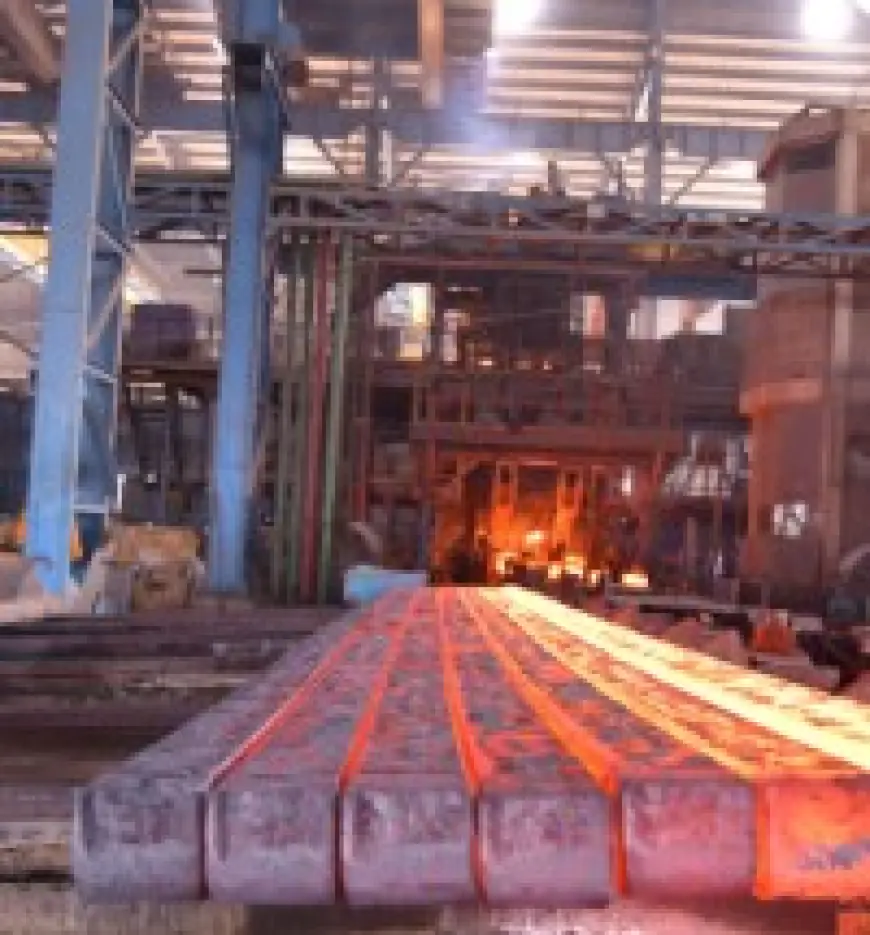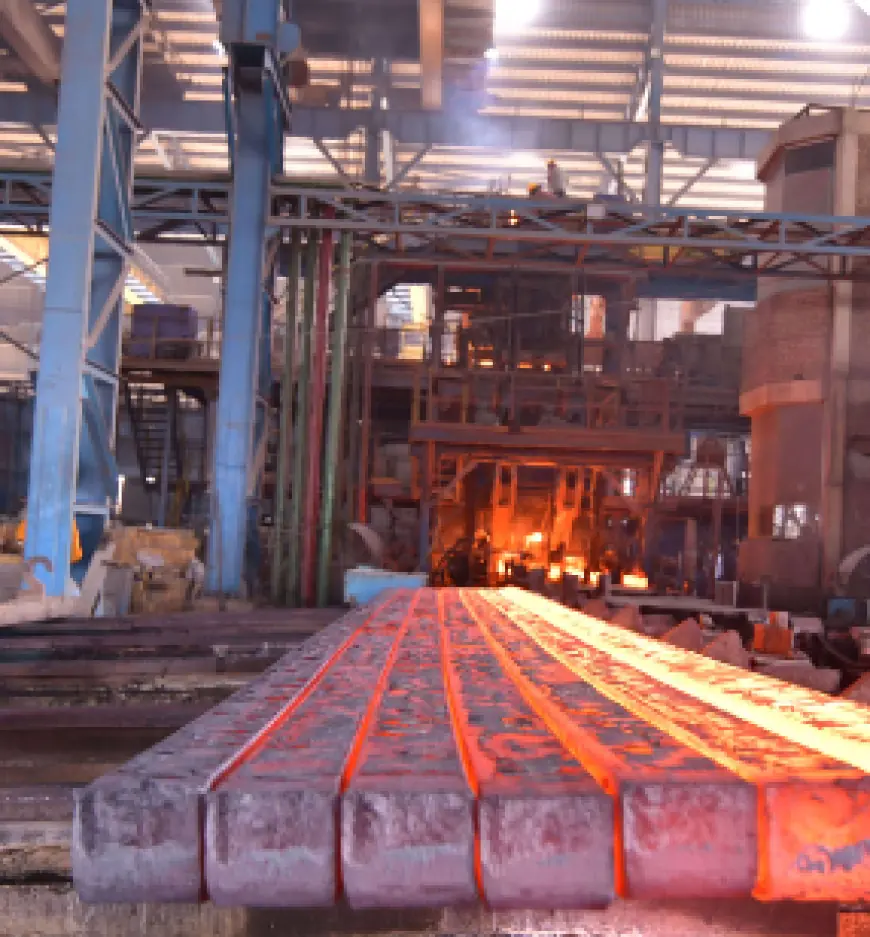Why Ductility Matters: The Role of Highly Ductile Metals in Construction
Ductility is a crucial property in construction materials, especially metals. It refers to a material’s ability to deform under tensile stress without breaking, allowing it to stretch or bend rather than fracture. This property is essential in modern construction, where flexibility, durability, and resilience are paramount. Among various materials used in building structures, highly ductile metals play a significant role in ensuring safety and longevity.


Understanding Highly Ductile Metals
A highly ductile metals can undergo significant plastic deformation before failure. Some of the most ductile metals include:
-
Gold – The most ductile metal, capable of being stretched into extremely thin wires.
-
Copper – Known for its excellent electrical conductivity and ductility.
-
Aluminum – Lightweight, corrosion-resistant, and highly flexible.
-
Steel (especially mild steel and certain alloys) – A staple in construction due to its strength and ductility.
These metals are widely used in construction due to their ability to absorb stress, deform under pressure, and maintain structural integrity.
Importance of Highly Ductile Metals in Construction
1. Improved Structural Safety
Highly ductile metals can bend rather than break under stress, reducing the risk of sudden structural failures. In earthquake-prone areas, buildings constructed with ductile steel reinforcement can absorb seismic shocks better than brittle materials.
2. Enhanced Load-Bearing Capacity
Ductility allows metals to distribute stress more evenly, preventing weak points in structures. Reinforced steel beams and columns leverage this property to support massive loads without cracking or failing suddenly.
3. Resistance to Environmental Stress
Highly ductile metals like aluminum and copper can withstand extreme temperature variations and resist corrosion, making them ideal for bridges, skyscrapers, and industrial facilities exposed to harsh conditions.
4. Flexibility in Design and Construction
Architects and engineers rely on ductile metals for creative and complex designs. Skyscrapers, stadiums, and bridges often incorporate highly ductile metal alloys to achieve aesthetic and functional excellence.
5. Durability and Longevity
Structures using ductile metals tend to have a longer lifespan due to their ability to withstand repeated stress cycles without failing. Steel reinforcement in concrete enhances the durability of buildings, making them more resilient to wear and tear.
Applications of Highly Ductile Metals in Construction
-
Steel Reinforcement in Concrete – Improves tensile strength and flexibility in buildings and infrastructure.
-
Bridges and Overpasses – Uses steel and aluminum for load distribution and resistance to environmental stresses.
-
Roofing and Cladding – Aluminum and copper provide lightweight, flexible, and corrosion-resistant solutions.
-
Electrical Wiring – Copper, due to its high ductility and conductivity, is the preferred choice for electrical installations.
Conclusion
The importance of highly ductile metals in construction cannot be overstated. Their ability to withstand stress, absorb energy, and maintain integrity under extreme conditions makes them indispensable in modern engineering. As technology advances, new alloys and materials with enhanced ductility will continue to shape the future of safe, resilient, and innovative construction.
What's Your Reaction?
 Like
0
Like
0
 Dislike
0
Dislike
0
 Love
0
Love
0
 Funny
0
Funny
0
 Angry
0
Angry
0
 Sad
0
Sad
0
 Wow
0
Wow
0




















































